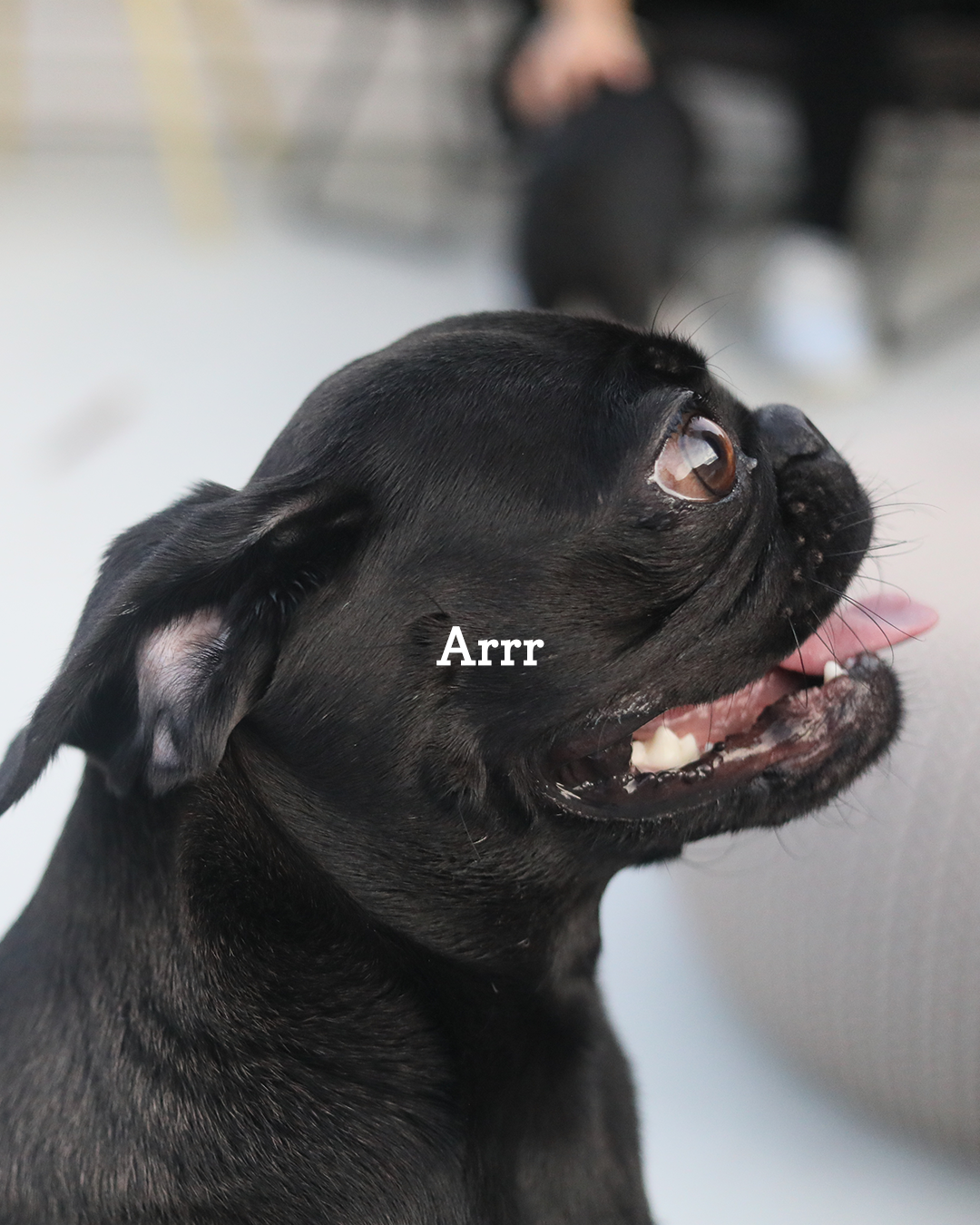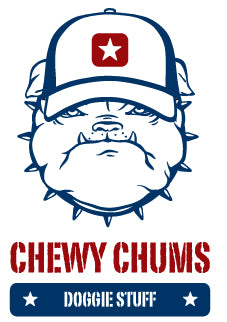
Play Biting vs. Real Aggression: How to Tell the Difference
Chewy ChumsShare
Not All Biting Is Created Equal
It’s easy to panic when your puppy bites during play. But in most cases, it’s a normal part of learning. True aggression is rare in puppies—but it’s important to know the signs early.
Here’s how to tell playful mouthiness from a behavior problem.
Signs of Normal Play Biting
- Loose, wiggly body language
- Open mouth, soft eyes
- Brief nipping that stops when corrected
- Excited bouncing and re-engagement
Signs It May Be Aggression
- Stiff, tense body posture
- Growling with deep, low tone (not playful grumbling)
- Hard, fast biting that escalates without stopping
- Guarding toys, space, or people aggressively
What to Do If It’s Play Biting
- Redirect calmly to a toy like NeverBite™
- Teach bite inhibition with gentle play and "drop it" cues
- Reward calm engagement with structured tug or fetch
When to Call a Professional Trainer
- Repeated hard biting after redirection
- Growling or snapping at humans during routine handling
- Escalation into guarding toys, food, or people
- Fearful avoidance combined with biting
Why NeverBite™ Helps with Play Biting (Not Aggression)
- Built to redirect playful energy safely
- Teaches self-control and bite inhibition
- Creates safe hand-targeted play without risk of injury
- Encourages healthy engagement through structure
Final Word From the Crew
Most puppies bite. Most aren’t aggressive. Knowing the difference helps you guide them to better habits—and gives you peace of mind while you do it.
🏴☠ Redirect the right way. Play smart with NeverBite™.
